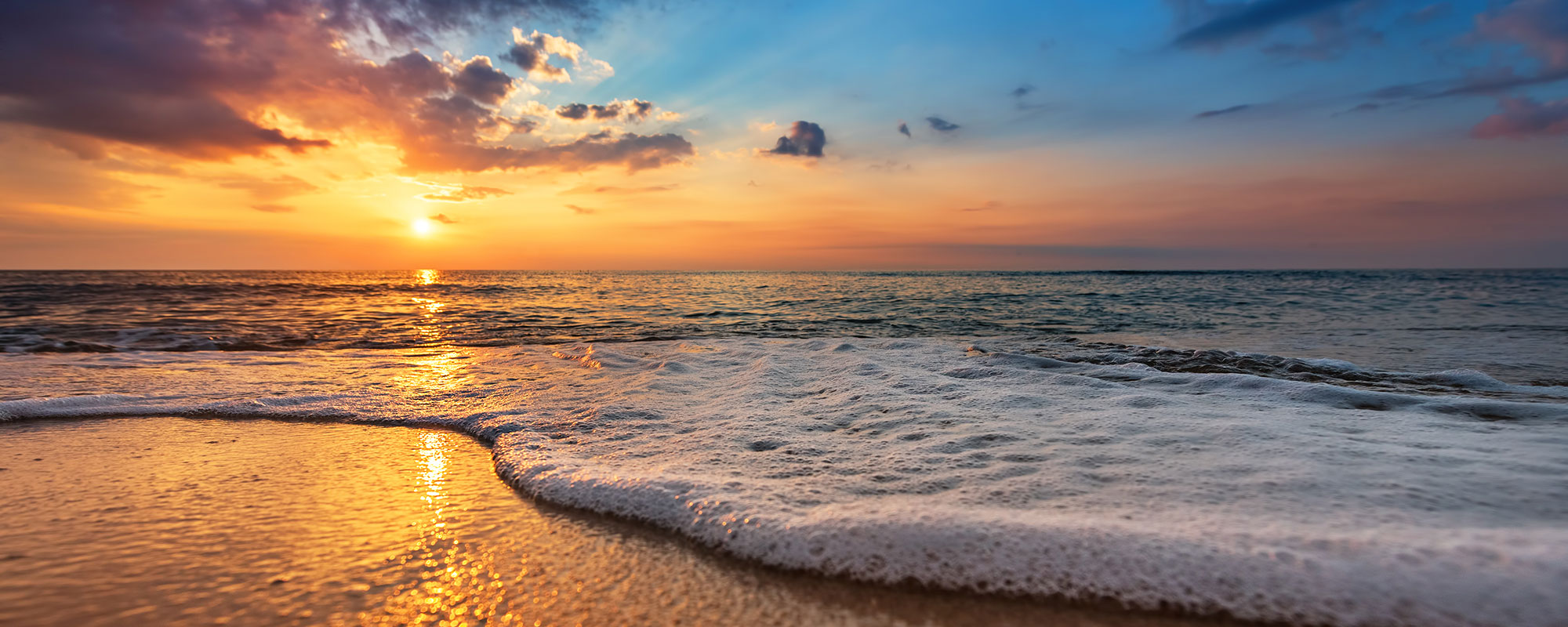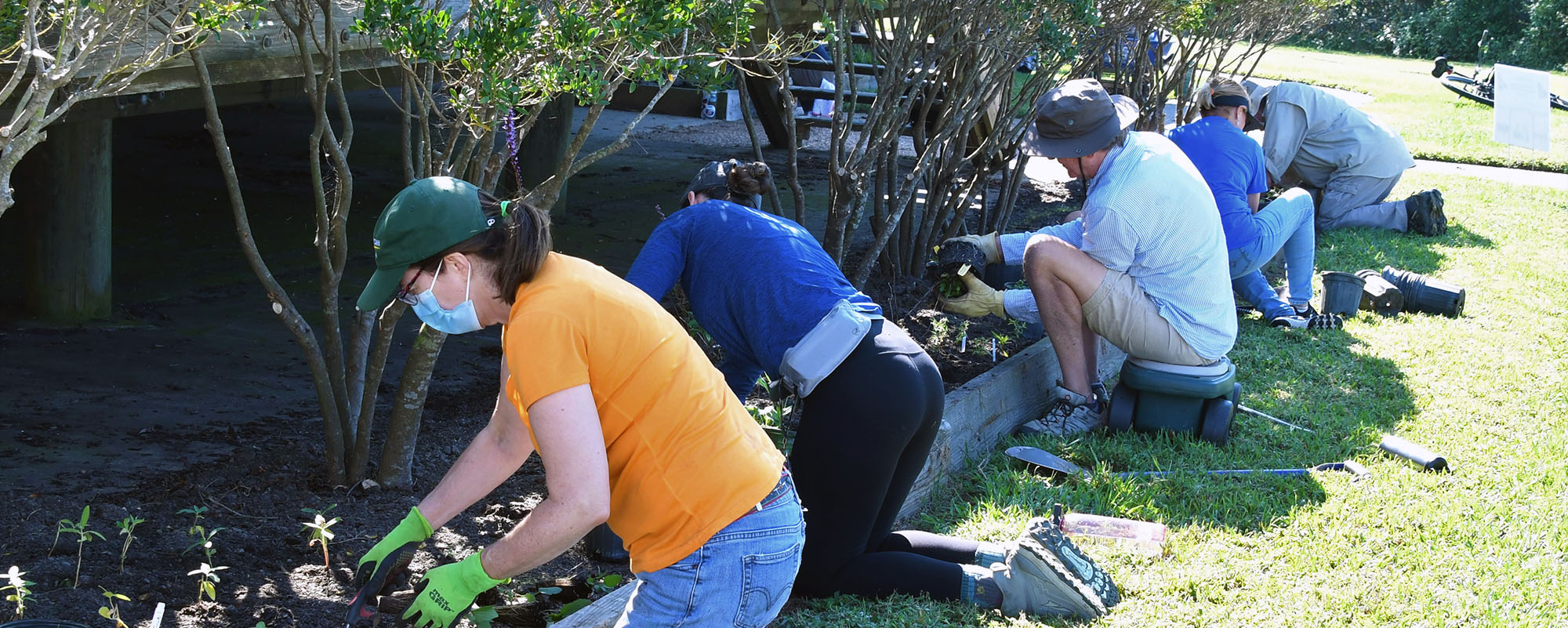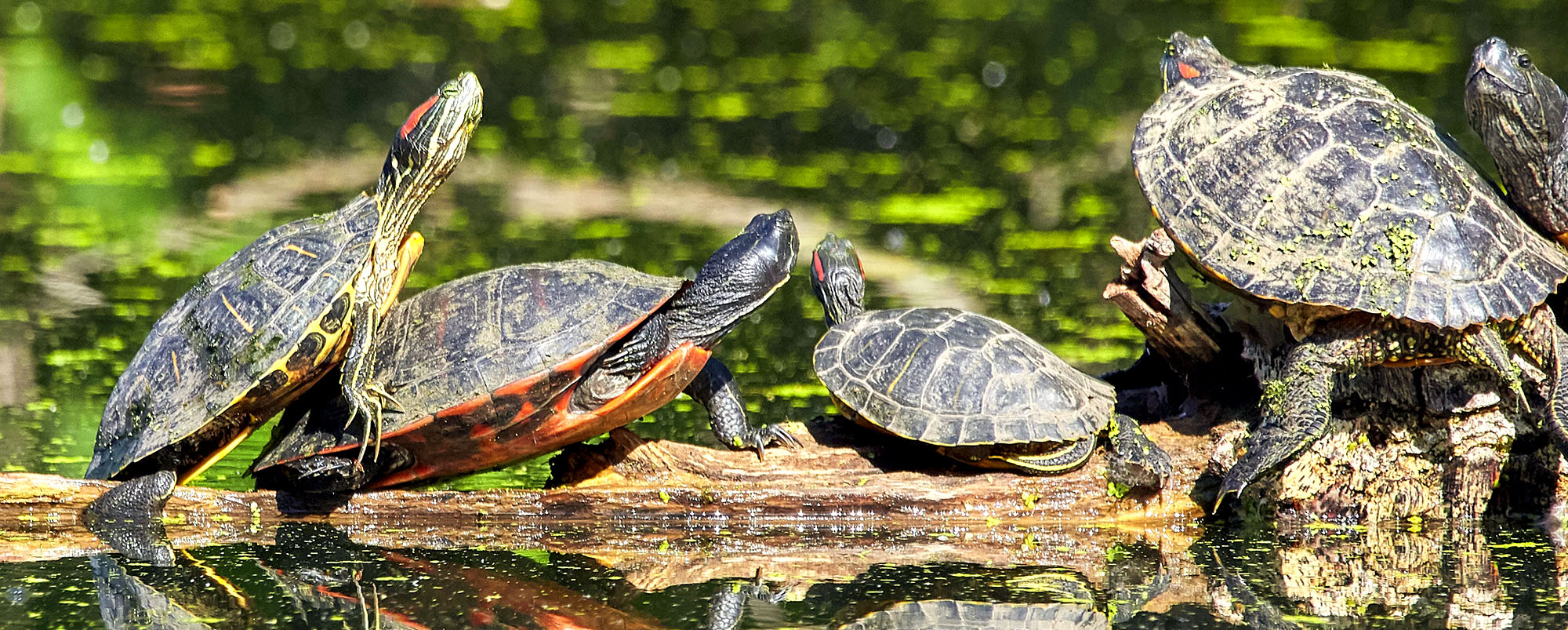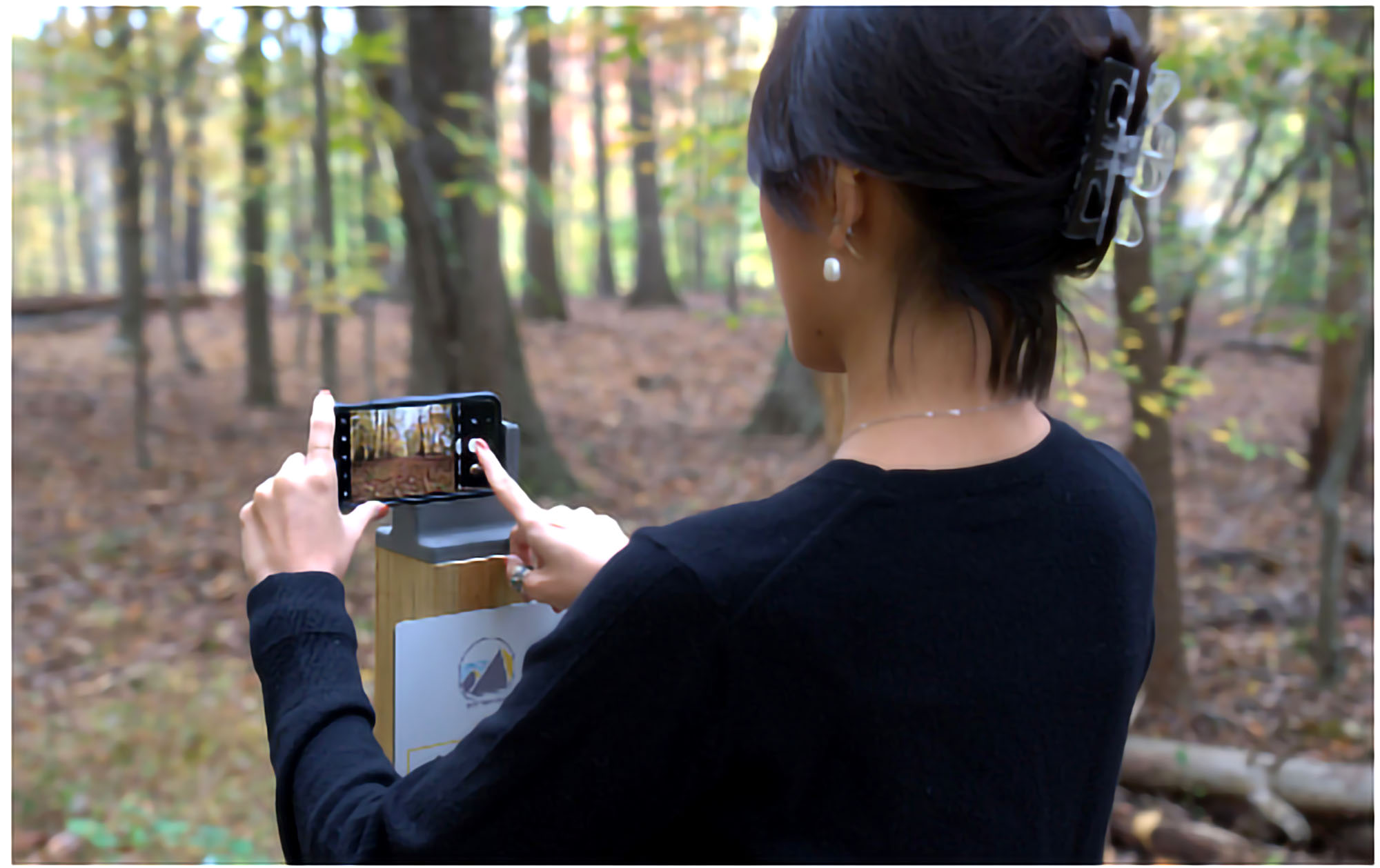Make A Donation
Help protect the refuge wildlife and their habitats by making a contribution to the Back Bay NWR Society. Support our advocacy, outreach, and education for the betterment of the Refuge.
MISSION

Back Bay National Wildlife Refuge Society is the primary partner and Friends group of the the Back Bay National Wildlife Refuge.
Learn MoreVOLUNTEER

Gain new experiences and meet new people while helping to advance wildlife conservation. Preserve and protect habitat and wildlife.
Learn MoreMEMBERSHIP

There are no dues required for Society membership. The Society depends on donations to fund programs and projects.
Learn MoreOsprey platform survey May 27, 2025
By: Reese Lukei Jr., Board Member, Back Bay NWR Society
Osprey nest check to determine age of nestlings in order to estimate possible date(s) to band nestlings.
The weather is normally a determinate factor in this type of engagement, and today was normal – sort of. We already decided to just inspect the 4 active nests (per May 7 survey) in the northern part of Back Bay in order to gage the age of Osprey nestlings, because of weather concerns. The East winds added another element to our journey today since the water level in Back Bay is wind related and not lunar influenced. East winds yesterday and ongoing this morning meant shallow water for us. Boat Captain Doug Miller did his best to trim the motor depth, but we still bottom bumped our way to the 4 northern Osprey platforms. We would have never reached the southern Osprey nests. Good thing we didn’t try.
Here are the mixed results from today:
3 eggs: Nest #20 (OW# 7430) – still has 3 eggs with no “pipping” so not immediately ready to hatch
Failed: Nest #P1 (OW# 7161) – Had 3 eggs on May 7 but today the nest was empty – (C. Freeman photo)
3 nestlings: Nest #P2 (OW# 441)- Had 3 eggs on May 7 and today has 3 nestlings 7 to 10 days old
2 nestlings: Nest #P3 (OW# 7162) – Had 2 eggs on May 7 and today has 2 nestlings 3 to 4 days old
Based upon the 30-40 day of nestling age window to band, the last week of June (22-27) should be our target dates to band these chicks. A second banding trip may be necessary since some eggs have not yet hatched.





Projects

CHRONOLOGY
A citizen science project with the Back Bay National Wildlife Refuge.
Refuge visitors upload photographs from their phones at four designated locations. Photographs contribute to scientific documentation of the refuge habitats. By automatically appearing in time-lapse videos that are available online.
LEARN MOREProjects

Gardens

Monarch garden a safe habitat for migrating monarch butterflies
Monarch butterflies have suffered a drastic reduction in population in the last 30 years. Some estimates indicate a population decline of 90%. The most common reason cited for this dramatic decline is loss of habitat. Given the success of the pollinator garden and the fact that Back Bay is on the Monarch’s eastern migratory flyway, it was decided to put in a monarch specific garden at the Refuge.

Pollinator & Monarch garden updates

Pollinator garden an aesthetically pleasing addition to the Visitor Center entrance ways
Volunteers removed and pruned old vegetation, cultivated and amended soil, and filled beds with native plants supporting pollinators and wildlife Garden beds are maintained by volunteers throughout the year. Signage and visitor outreach is being planned
LEARN MOREProjects

National recreation trails
Back Bay National Wildlife Refuge trails designated National recreation trails
The 2.7 miles of the Back Bay National Wildlife Refuge Trail System consists of seven, interconnected trails that provide opportunities to observe the wildlife and vegetation of the refuge’s seven distinct habitats- ocean, beach, marsh, shrubs, grassland, maritime forest and freshwater bay. Trail surfaces vary from boardwalk, crushed stone, sand and gravel.
LEARN MORE




